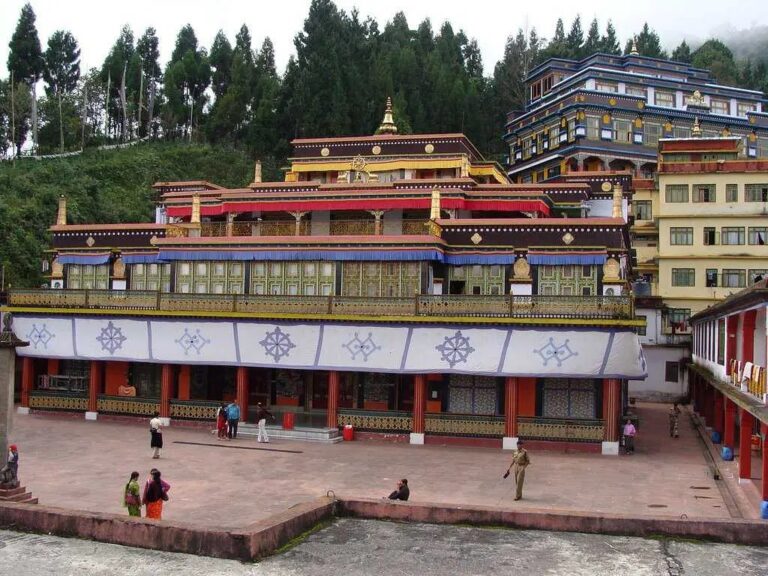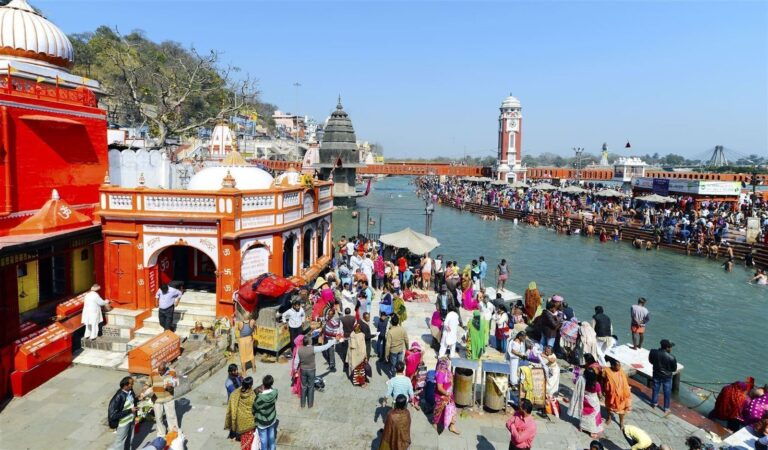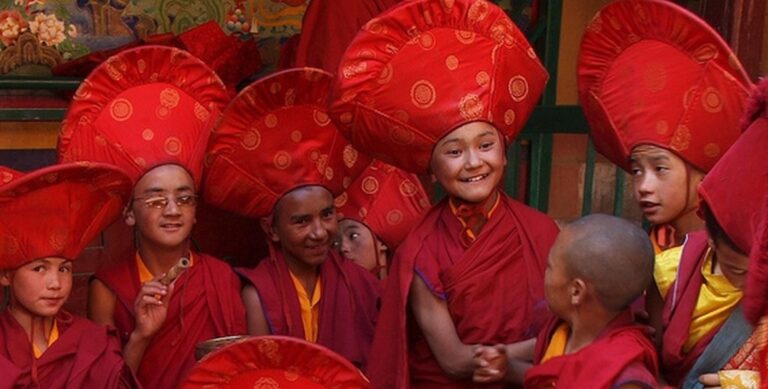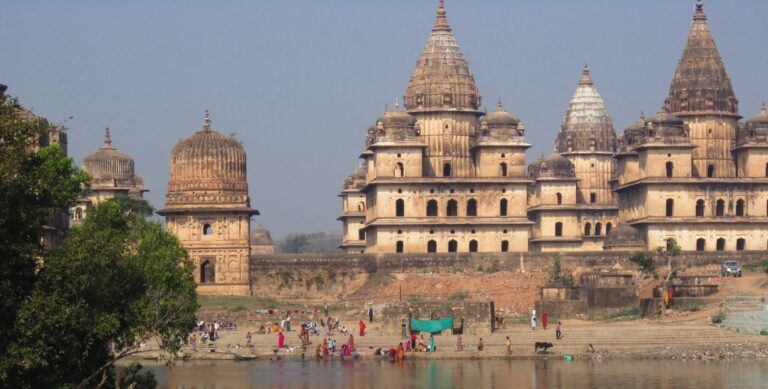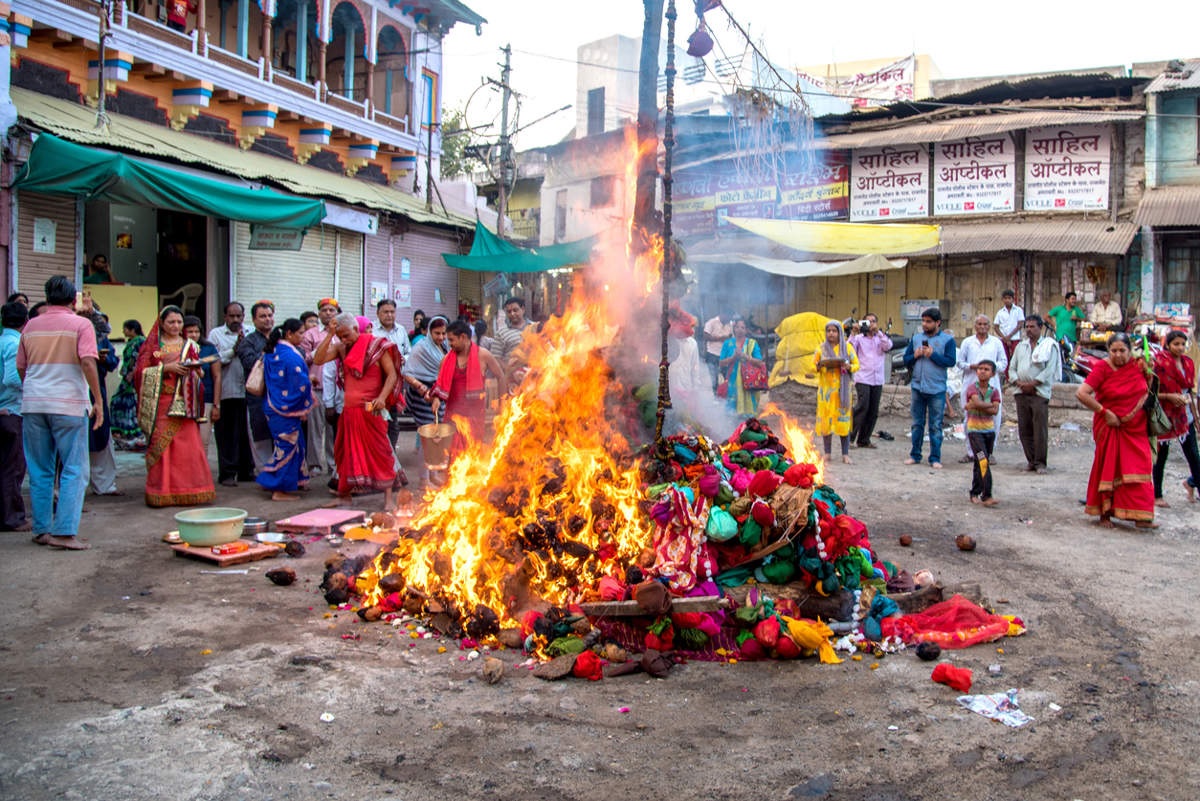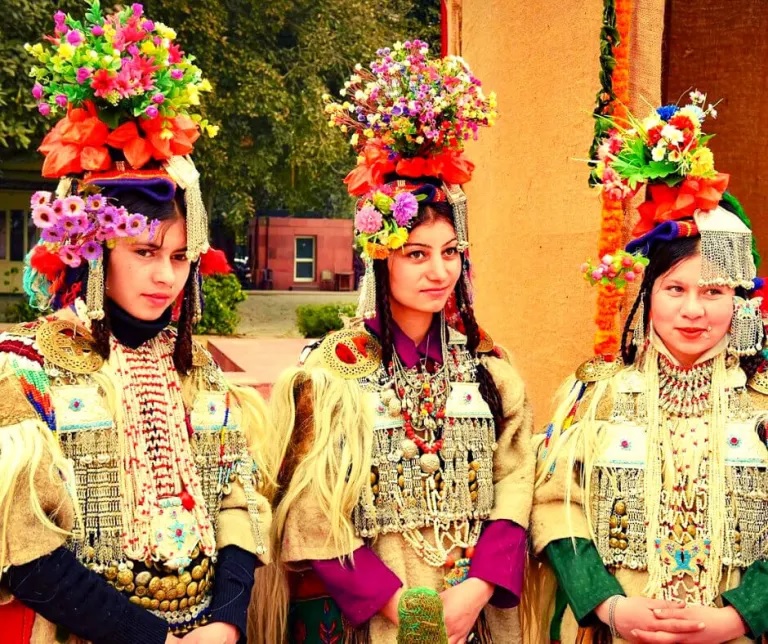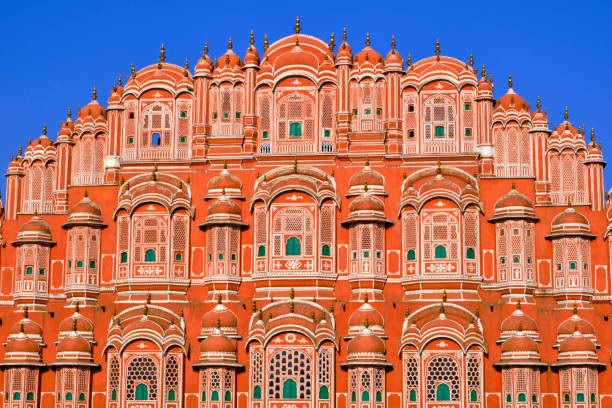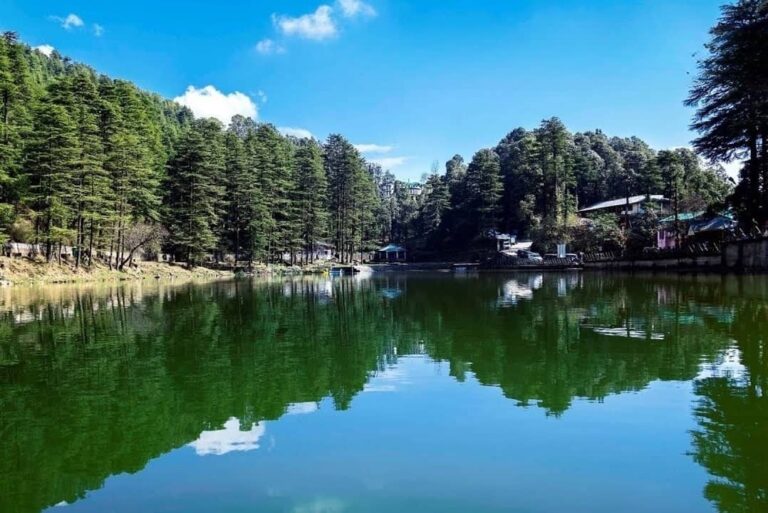
Dharamshala – McLeodganj
Dharamshala is located in northern India, on the heights of the Himalayas. The city existed before the arrival of the British and holds great spiritual power for many Indians. One reason for this special status of Dharamsala is the name of the place, as “Dharma” means law, customs and religion.

